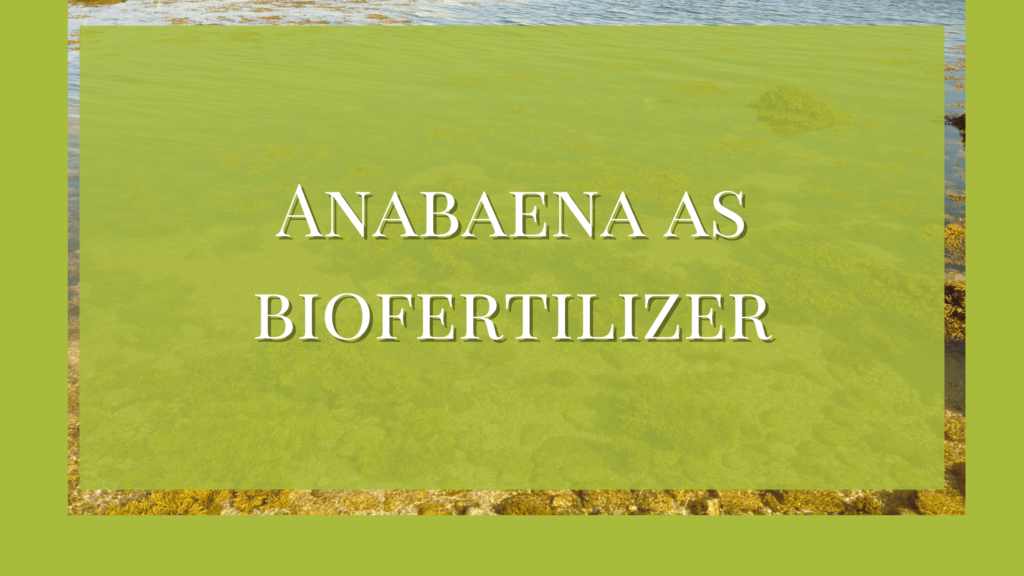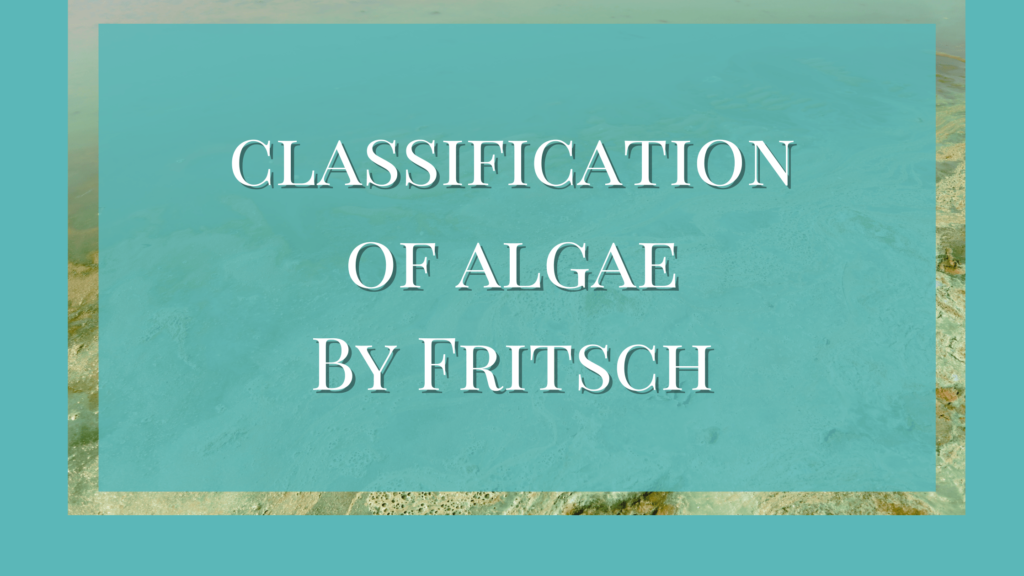Anabaena as biofertilizer is one of the most powerful tools in agriculture. It is widely used in various agricultural fields. It is a filamentous cyanobacterium, commonly found in a symbiotic relationship with Azolla pinnata.
The algae exhibits nitrogen fixation ability which is utilized in the field of agriculture. These natural biofertilizers increase soil fertility leading to improved crop production. They are also a good option for sustainable nutrient suppliers.
Importance of Anabaena in Agriculture?
Anabaena as biofertilizer is important in the organic agriculture movement that aims to reduce greenhouse gas evolution and other factors that influence the environment. It helps improve the chemical and physical properties of the soil. This plankton can be used in agriculture for various reasons.
Nitrogen Fixation
Anabaena has specialized cells known as heterocysts. Heterocysts are thickened and colorless cells present in their filamentous body. These heterocysts can fix atmospheric nitrogen by converting it into ammonium so plants can easily absorb it. Heterocysts function in an anaerobic environment so that the nitrogenase enzymes are protected from oxidation which can reduce their activity.
Improve Nitrogen Availability in Soil
Anabaena colonizes around the roots of the plants. The nitrogen-fixing property of Anabaena enriches the soil with available nitrogen. This in turn will help the plants with better growth and development and, at the same time, reduce nitrogen deficiencies in the soil.
In addition, they can produce certain compounds that can act against disease-causing pathogens thereby reducing infections in the crops. Due to this property, Anabaena is used in the commercial production of various fungicides, pesticides, herbicides, etc.
Symbiotic Associations
Anabaena azollae forms symbiotic associations with plants like Azolla or Cycads inside certain cavities of their plant tissues. The association between Anabaena and Azolla is permanent, hereditary, and the only mutualistic association between algae and pteridophytes.
Inside the leaf tissues of this aquatic fern, Anabaena performs nitrogen fixation for the host plant. The host utilizes this nitrogen for their growth and increases its productivity. The existence of Anabaena azollae inside the leaves of Azolla fern is a sustainable option, particularly in paddy fields. Studies show that they can fix about 1-10 kg of nitrogen per hectare per year.
Environmental Benefits of Anabaena as Biofertilizer
The biological nitrogen fixation by Anabaena eliminates the need for chemical-based nitrogen fertilizers that cause environmental pollution. Using Anabaena as a nitrogen source minimizes the leaching of nitrates into groundwater and thereby, decreasing water pollution.
Conclusion
While using Anabaena as a biofertilizer is highly useful, it requires proper management practices. It is important to choose suitable strains of the algae. In addition, ideal environmental conditions also play an important role in integrating this method with other agricultural practices. These precautionary steps will ensure the effective use of Anabaena and improve soil fertility in an eco-friendly manner.
References
- Peter J. Bottomley, David D. Myrold, in Soil Microbiology, Ecology and Biochemistry (Fourth Edition), 2015. https://doi.org/10.1155/2010/152158
- Abd El-Aal, A. A. (2021). Anabaena azollae, significance, and agriculture application: A case study for symbiotic cyanobacterium. Microbial Syntrophy-Mediated Eco-Enterprising, 1-14. https://doi.org/10.1016/B978-0-323-99900-7.00006-7
Additional Reading
- Ecological Importance Of Algae
- Economic Importance Of Algae
- Algae as Indicators of Water Quality
- Importance of diatoms




